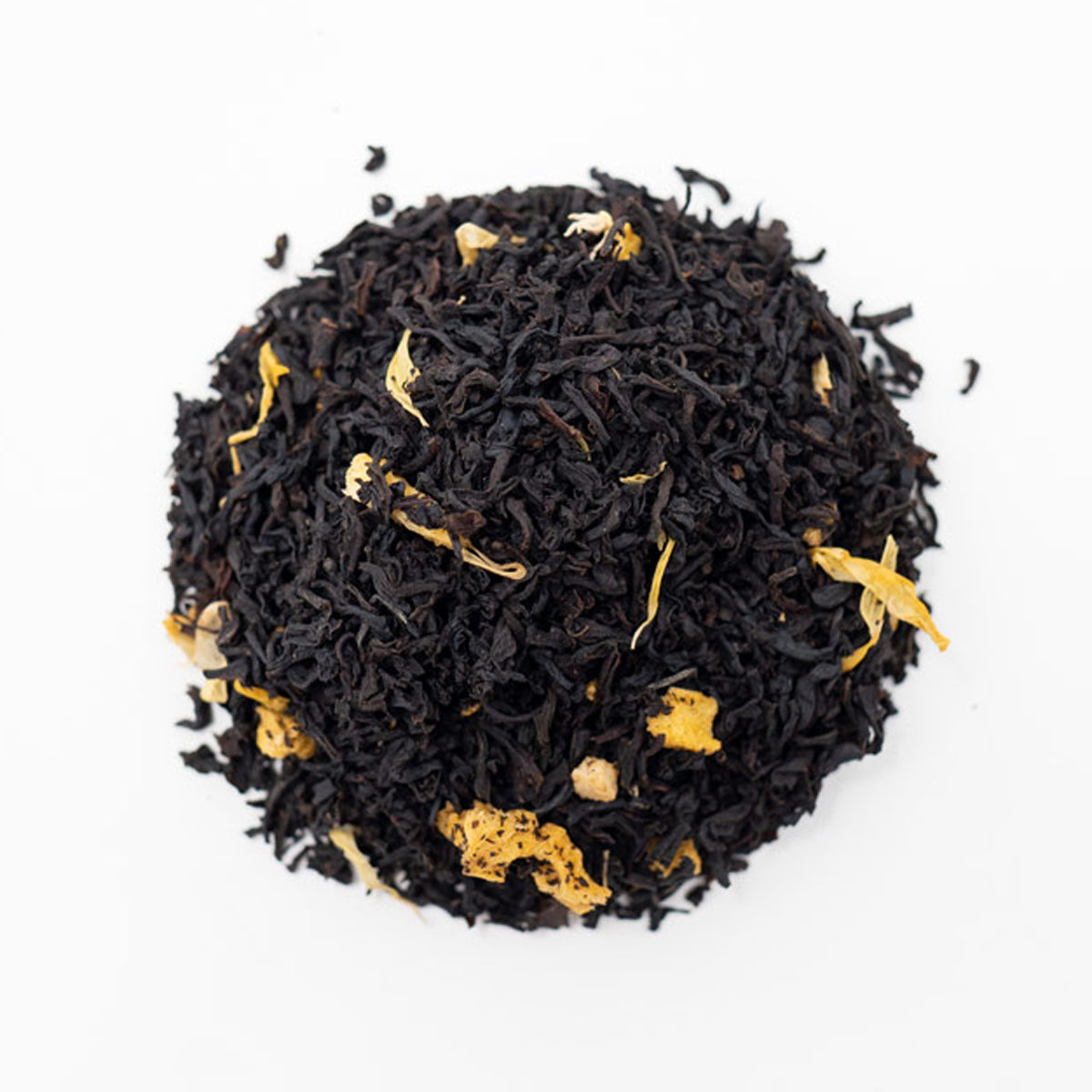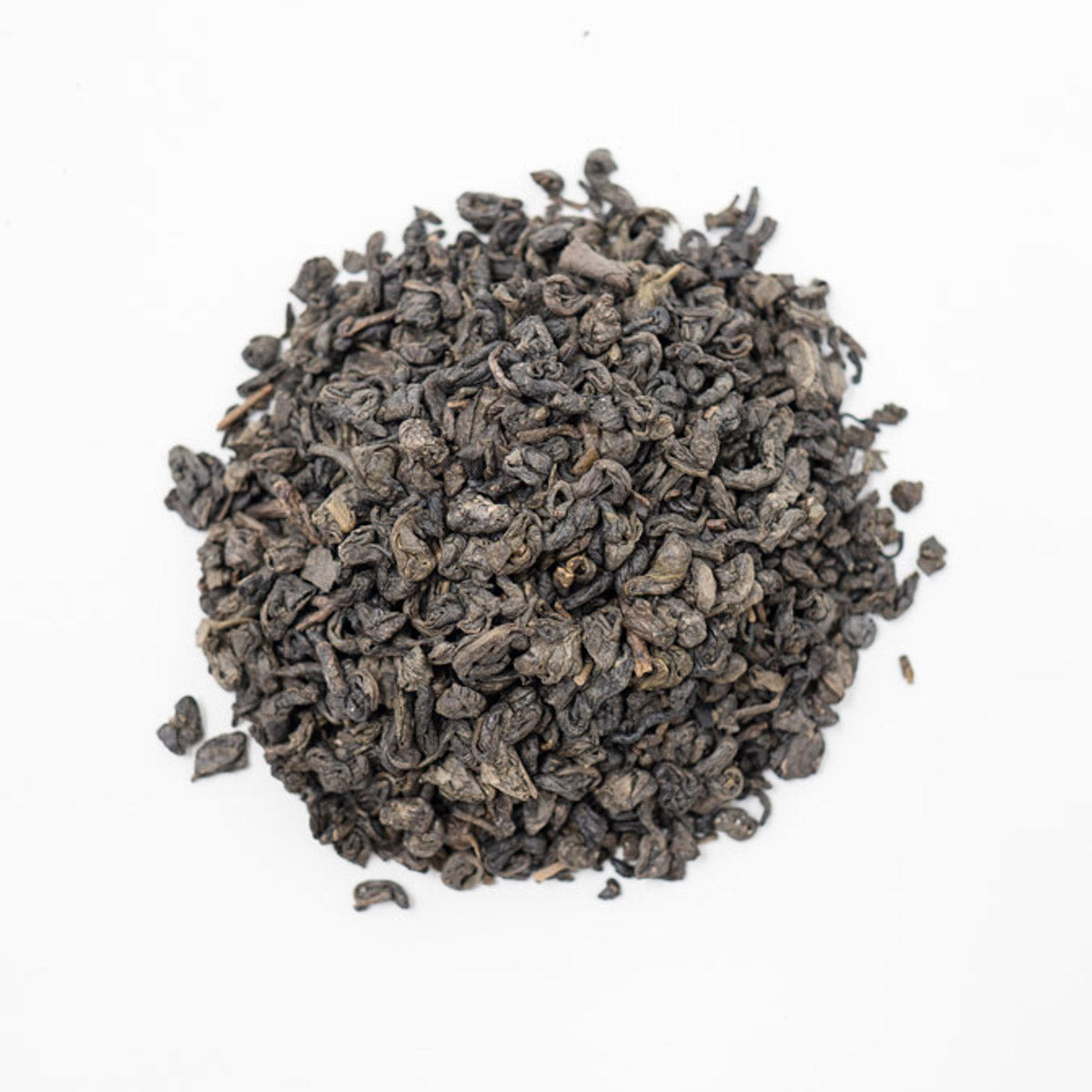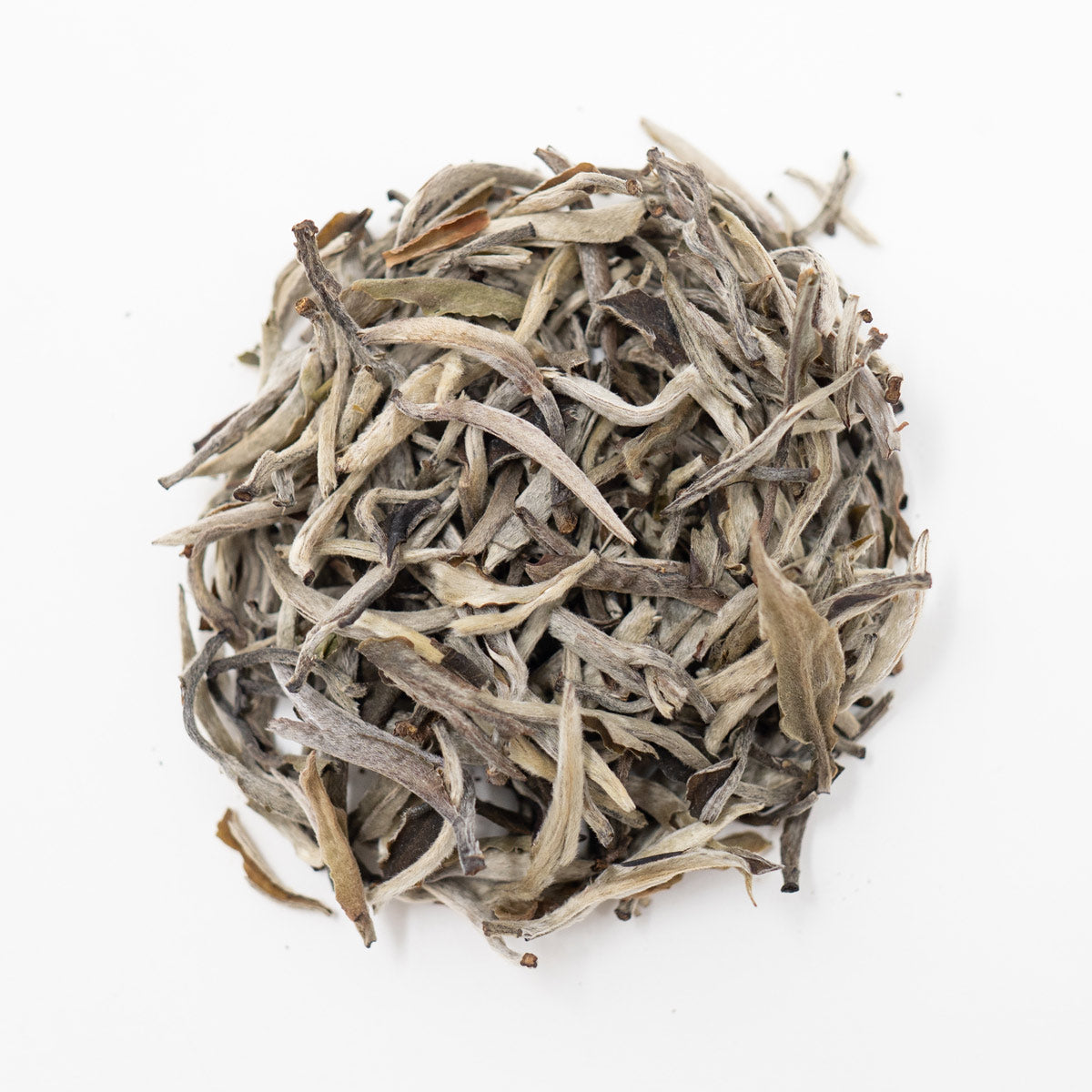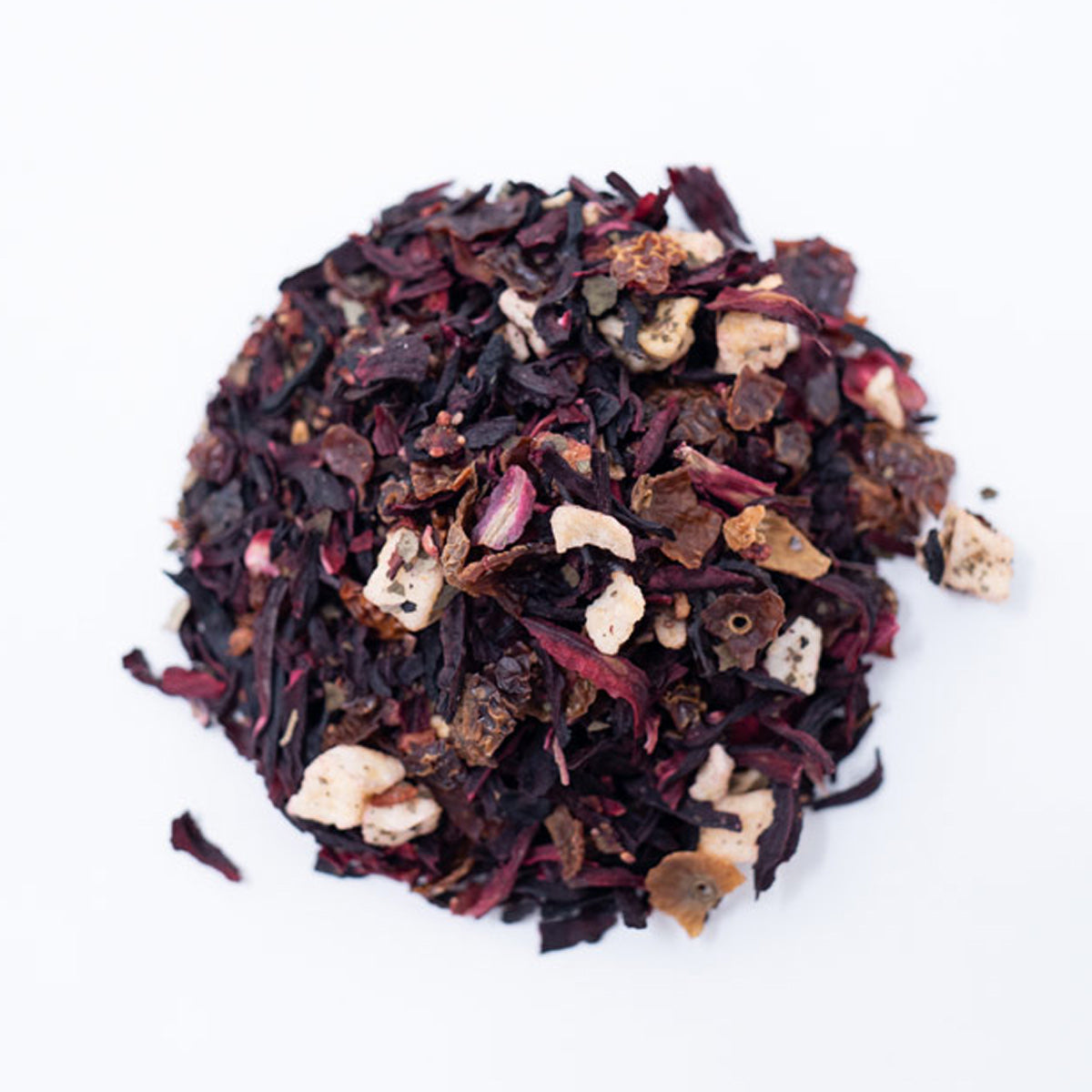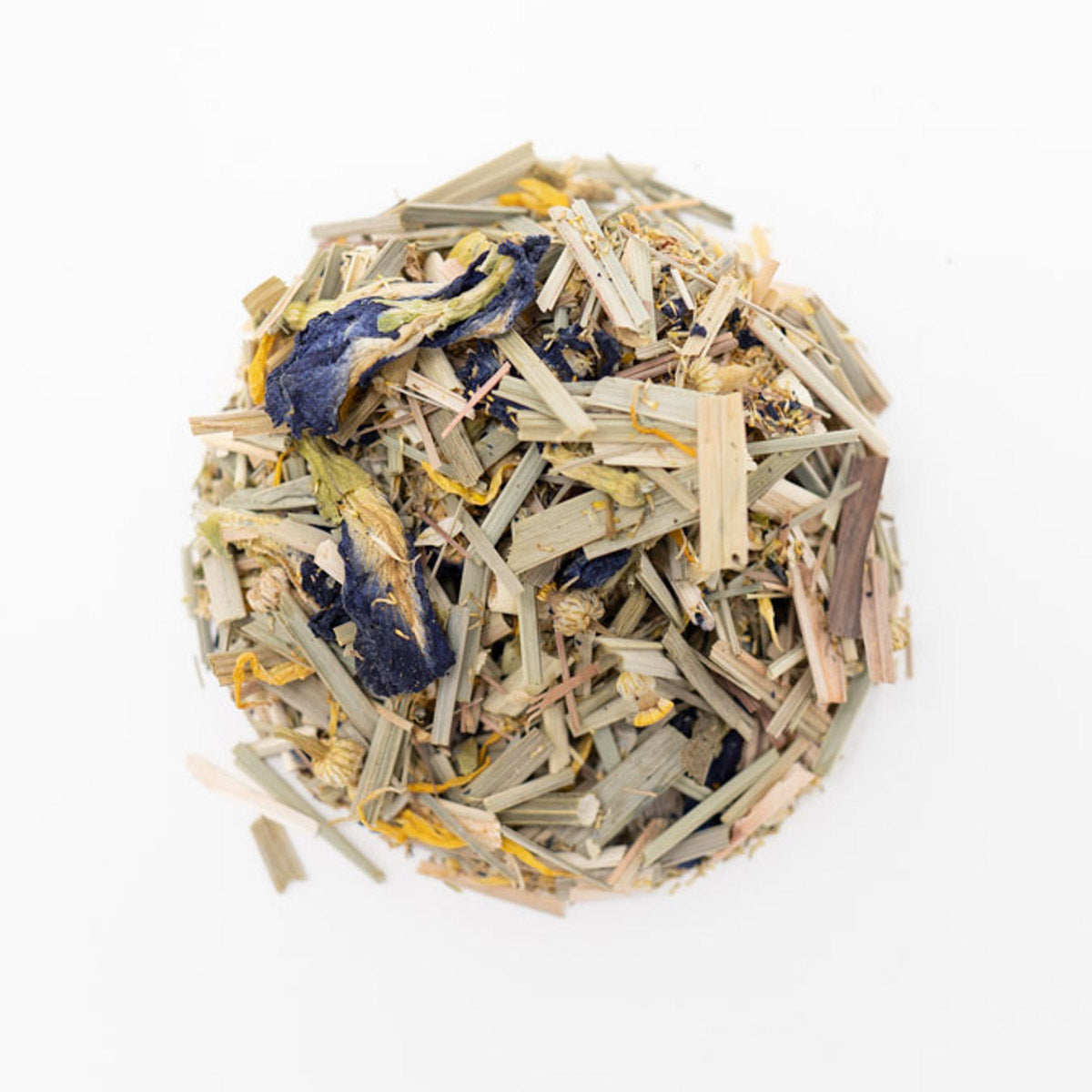Black Tea 101 | History, Processing, and Health Benefits
History
Black tea was discovered in China in the mid-17th century. For many years, only green and oolong teas were consumed. The story of how black tea came to be is that an army from Jianxi entered the Fujian Province and camped at a nearby tea factory. This unscheduled camping session led to a delay in tea production, and the tea leaves were laid out in the sun for a longer period. The prolonged oxidation caused the tea leaves to turn to a dark red color. To “save” the tea and accelerate the drying process, a farmer placed the leaves over a fire of pinewood, which resulted in a tea that was smoky in flavor. This discovery produced Lapsang Souchong, the original black tea that would soon pave the way for black tea grown in China, and eventually the Western world.
China refers to black tea as “red tea” because it already has its own form of black tea. China’s red tea is known as Pu-erh tea. Pu-erh tea is a post-fermented tea and comes in both green and black varieties. The Dutch and British traders were the ones who created the label “black tea” for the teas we commonly know as black.
Due to the fermentation process, black tea can retain and improve its flavor with age, as well as be preserved for longer periods of time. As you can imagine, this discovery made black tea a hot commodity. When the British traders learned about this tea and its many positive attributes, it was a dream come true, and they purchased all that they could until the market was taken over by the Dutch. This caused the British to explore other ways to acquire black tea and eventually they discovered another category of the Camellia Sinensis plant in India. The teas have a larger harvest at a more cost-effective rate, and the flavor is stronger with much higher levels of caffeine. Teas such as Darjeeling, Earl Grey, and Orange Pekoe were created by British growers in India.
Black tea was sold at very high prices and primarily consumed by the aristocracy. It became a drink that indicated your wealth and status in society. Princess Catherine introduced black tea to the British palace, and it has become a staple in the life of British royalty ever since. In 1840, the concept of afternoon tea was introduced by duchess Anna Telford. During this time, the prices of black tea became more affordable, and a cup of tea was soon consumed both in the morning and afternoon.
Today, 90% of all tea sold in the US is black tea. The production of black tea continues to derive from China, India, Sri Lanka, and Africa. The accessibility of education and the discoveries of new tea types and arrangements introduce us to the many marvels of black tea. Due to its bold flavor, versatility, and ability to give you a boost of energy, more and more people are falling in love with this “dream tea.”
Black Tea Processing
Black tea derives from two different types of the camellia sinensis plant: camellia sinensis-sinensis from China and camellia sinensis-assamica from India. Camellia S.S. has smaller leaves than Camellia S.A., which has large leaves. Both are 100% oxidized. This prolonged oxidization gives the tea their darker appearance. Although the method in which black tea is processed varies from region to region, it is always withered, rolled, oxidized, and dried. There are two primary processing methods for black tea: The Orthodox Method and the CTC (Cut, Tear, Curl) Method.
The Orthodox Method is the most popular technique for processing black teas. After the tea leaves are picked, they are laid out to wither in the heat for up to 18 hours. This length of time will reduce the water content of the leaves, causing them to be soft and flexible. A special machine will then press and twist the rolled leaves to initiate the oxidization. When the leaves are oxidized and cut, there is a second round of oxidizing out in the open air. The level of polyphenols in the tea levels will develop during this step, as well as the flavor of the tea. The final stage is drying. This action will occur in a drying machine. After, the oxidization process will be 100% complete.
The CTC Method was developed when the tea bag was created in the 1950s. This process made it so that extensive amounts of tea leaves could be cut into small pieces… tiny enough to fit into tea bags. The CTC Method is similar to the beginning and end stages of the Orthodox Method, except that there is no rolling process in the middle. Instead, the tea leaves are immediately cut, torn, and curled in a rotor-vane machine.
Health Benefits
Many studies have revealed that black tea can positively impact heart health. One study published in 2017 showed a reduced risk of ischaemic heart disease when drinking a cup of plain hot black tea every day. The research discovered that this is due to the high amounts of antioxidants (flavan-3-ols, flavonols, theaflavins, and gallic acid derivatives) found in black tea. Lowered cholesterol levels were an additional benefit exposed during this research.
Black tea is a natural way to diminish cancerous cell growth. As mentioned above, black tea has many health-promoting flavonoids and theaflavins. Increased levels of flavonoids are often linked to a decreased risk of advanced cancer, specifically prostate and ovarian. A study published in 2016 showed how the theaflavin levels in black tea were able to help cisplatin, a cancer-fighting drug, work properly.
Black tea is a great beverage to drink when you have a headache or upset stomach caused by digestive issues. The tannins in black tea can calm inflammation in the intestines, which can help with digestion, and caffeine levels can ease headaches and promote mental focus. Unlike coffee, which can sometimes make you too energetic from caffeine, tea can be a more balanced energizer. The almost calming effect of black tea can increase alertness while also lowering stress hormone (cortisol) levels.
It is fantastic and convenient that something as delicious as black tea can be so healthy for you! Whether you drink your black tea hot or iced, you can enjoy it even more, knowing that it is doing your body good. If you decide to do further research, you will discover many more health benefits. The benefits I listed above are the ones that I found most fascinating.
Other teas in the black tea "family" that offer significant health benefits are Pu-erh and Oolong. Since their processing is so different, tea leaves are able to produce additional compounds that may improve health.
